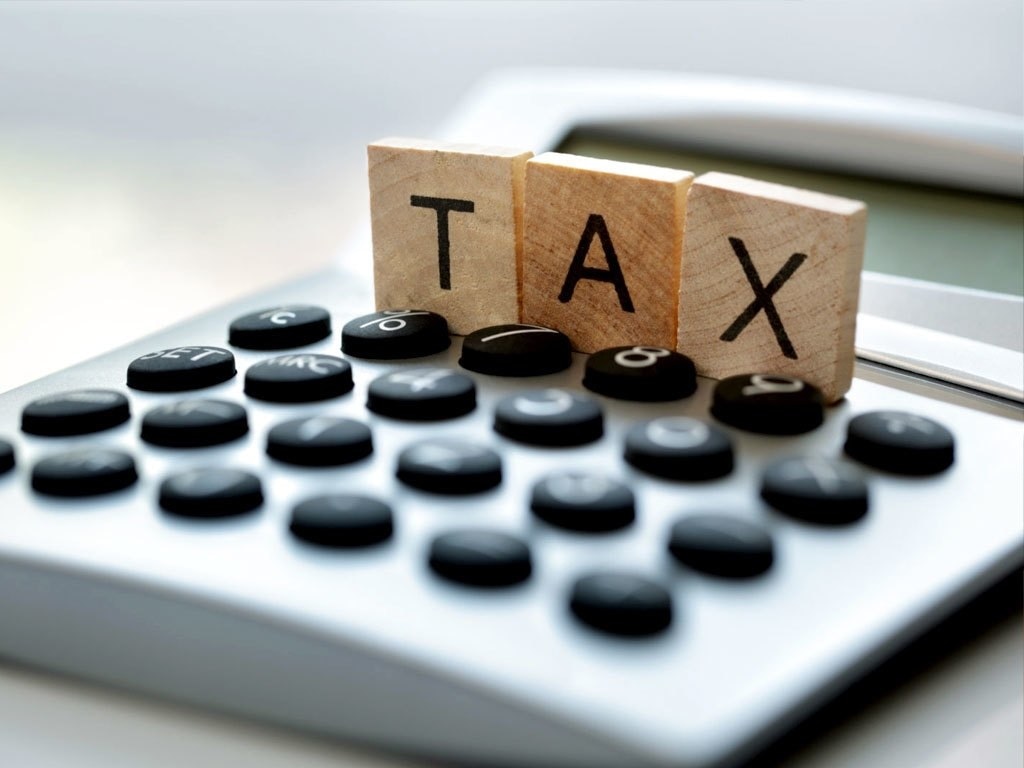ISLAMABAD: The distortionary exemptions, concessions, weak enforcement, low compliance by taxpayers, reliance on indirect taxes and issues in improving tax administration have adversely affected the tax-to-GDP ratio.
Economic Survey (2020-21) issued Thursday, revealed that the tax-to-GDP ratio (federal taxes) fell to 9.6 percent in 2019-20 against 10.1 percent in 2018-19.
The economic survey stated that to improve the tax-to-GDP ratio, the government is making all-out efforts to enhance tax collection through comprehensive tax reforms.
Although in budget 2021, the government has not introduced any new tax, however, the emphasis is on strict enforcement and monitoring, broadening of tax base, documentation of economy, and deployment of technology to identify risk areas to support risk-based audit.
During the last five years, overall tax-to-GDP ratio (federal and provincial) remained within a range of 11.4 percent and 12.9 percent.
This ratio fell to 11.4 percent in 2019-20, down from 11.7 percent in 2018-19.
The economic downturn caused by the COVID-19 pandemic resulted in a further drop in the tax-to-GDP ratio during FY2020.
Historically, Pakistan has a narrow tax base due to the fact that few sectors are under-taxed and some are not taxed at all.
There are three major sectors of Pakistan’s economy, ie, agriculture, industry, and services (in terms of their share in GDP); however, their tax contributions are not proportionate to their economic contribution. For instance, the agriculture sector accounts for 19.4 percent in GDP during FY2020, while contributing less than two percent in tax.
In services, transport, storage and communication, housing and other private services contributes 12.7 percent, 7.0 percent, and 11.7 percent, respectively in the GDP, while their contributions in taxes is 7.0 percent, 0.3 percent, and 8.4 percent, respectively.
In contrast, the manufacturing, mining and quarrying sectors are contributing the most in taxes relative to their share in the GDP i.e. manufacturing accounts for 12.2 percent, mining and quarrying 2.6 percent, and construction 2.5 percent in the GDP, while their share in taxes is 37.0, 6.0, and 1.2 percent, respectively during FY2020.
This represents that tax in the respective sectors are not equitable with reference to their contribution in the GDP.
Consequently, the tax-to-GDP ratio remained low.
Copyright Business Recorder, 2021























Comments
Comments are closed.